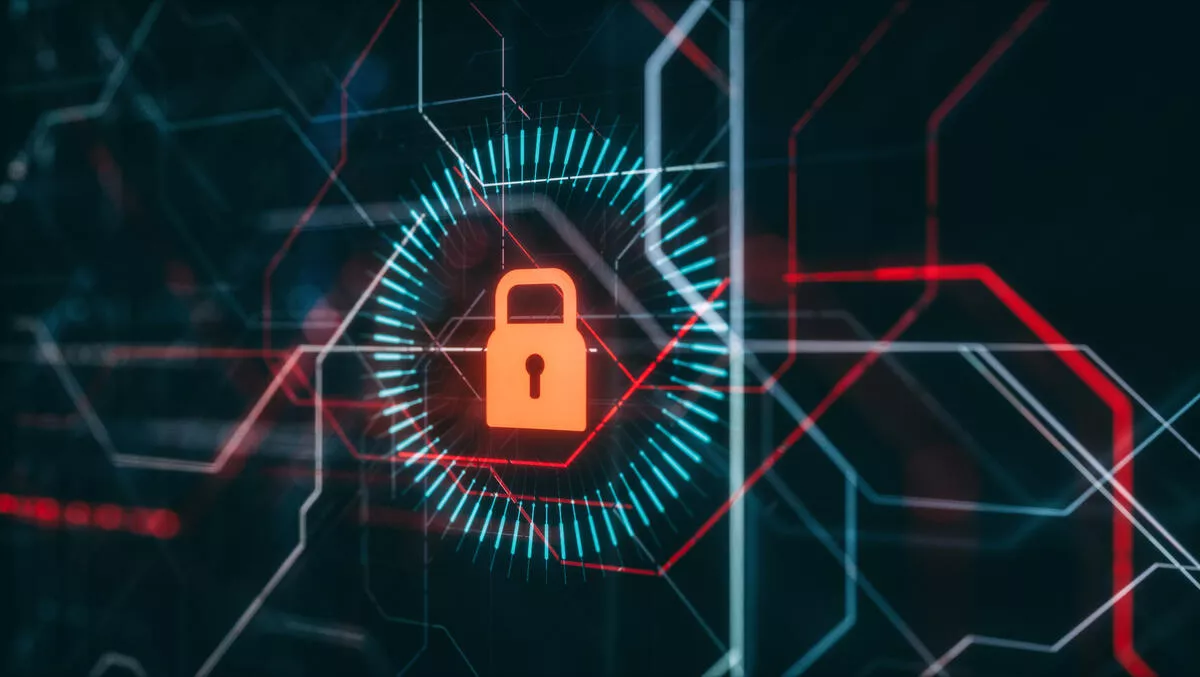
Claroty has released Claroty Edge, a new, patent-pending addition to The Claroty Platform that delivers visibility into industrial networks to better protect operations.
According to Claroty, organisations require cybersecurity solutions that can evolve with their objectives, without burdening infrastructure or personnel with unnecessary hardware, complex configurations, lengthy deployments, or steep learning curves.
With the new additions and enhancements, The Claroty Platform has evolved to reveal, detect, protect and connect any deployment structure, at any scale, in rapid time.
Claroty Edge functions as a highly flexible edge-data collector to deliver 100% visibility in minutes, with a simple setup and no network footprint, the company states.
It equips customers to discover a complete OT, IoT, and IIoT global asset inventory, as well as identify and manage the vulnerabilities and risks affecting those assets.
According to the company, Claroty Edge is an optimal entry-point for those who are beginning their industrial cybersecurity journey, as well as a scalable solution for those expanding their existing coverage to air-gapped, remote, smaller, or differently prioritised sites.
Beyond this, customers can leverage it to conduct audit requests and report compliance for industrial networks, M-A due diligence on target third-party environments, and faster and more effective incident response, Claroty states.
Combined with enhancements to its Continuous Threat Detection (CTD) solution, including CTD.Live, a SaaS-based deployment option, and new features for scalable deployments, Claroty now offers a complete portfolio of solutions that meet enterprises wherever they are on their industrial cybersecurity journey.
CTD.Live is a SaaS-based deployment option for enterprises embracing the cloud as a core component of their industrial cybersecurity strategy, Claroty states.
It ensures CTD's visibility and threat detection capabilities are always up to date and reduces total cost of ownership by eliminating certain hardware requirements and extending inventory, risk and vulnerability, and monitoring coverage to newly added assets automatically.
CTD version 4.3 provides greater flexibility in how critical asset, alert, and risk data can be accessed, managed, and manipulated, both directly within CTD and via integrations with third-party SIEM providers.
It includes new options for segmentation via Virtual Zones, enabling customers to further customise and fine-tune their segmentation and alerting policies for stronger, more accurate detection of risky communications and other indicators of malicious activity.
The scalability of all of these capabilities increases by combining CTD.Live with Claroty's SRA solution, which provides internal and third-party personnel with secure access to industrial networks.
Customers can also use Claroty Edge to blueprint and optimise SRA deployments, thereby reducing the time and resources required for full implementation, the company states.
Claroty chief product officer Grant Geyer says, “Cyber risks to industrial control systems have consequences not only for the organisation, but also for public safety and the global supply chain, so every industrial enterprise has an obligation to start their cybersecurity journey.
"With Claroty's enhanced platform, organisations can take advantage of the capabilities that are right for their needs today, and can evolve as the threat landscape changes and their cybersecurity programs mature.
IDC research manager European Security Romain Fouchereau says, “Network security in operational technology (OT) and industrial Internet of Things (IIoT) environments means security products that can speak and understand the many proprietary industrial protocols, and provide both security operations centre staff with increased visibility of the full operations and OT personnel with actionable information.
"The ability to perform comprehensive network monitoring without needing to invest in extra sensors or other supporting components can help maintain system resiliency, especially in large, highly distributed organisations.
